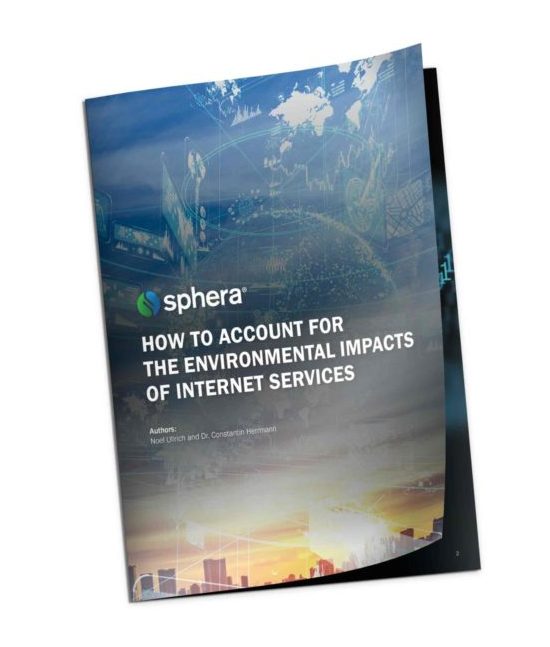
Internet protocol data traffic grew by 219% between 2016 and 2020, according to an International Energy Agency analysis based on data from Cisco. New trends, such as smart home and car applications, are driving this exponential growth, along with the increased use of devices that access the internet. The machine-to-machine connections are expected to proliferate and account for half of the global connected devices and connections by 2023.
However, the use of the internet is often overlooked in terms of environmental impact. Studies show that the environmental burdens of digitalization can outweigh its savings depending on the specific situation.
Consequently, there is a need for standards, guidance and tools to account for the climate impacts of information and communication technology services. This would allow organizations to include and monitor them on a corporate level as Scope 3 emissions or on a product level in life cycle assessments (LCA) of smart products.
This whitepaper introduces a methodology to account for the environmental impacts of different internet services.
Register to download the whitepaper.

